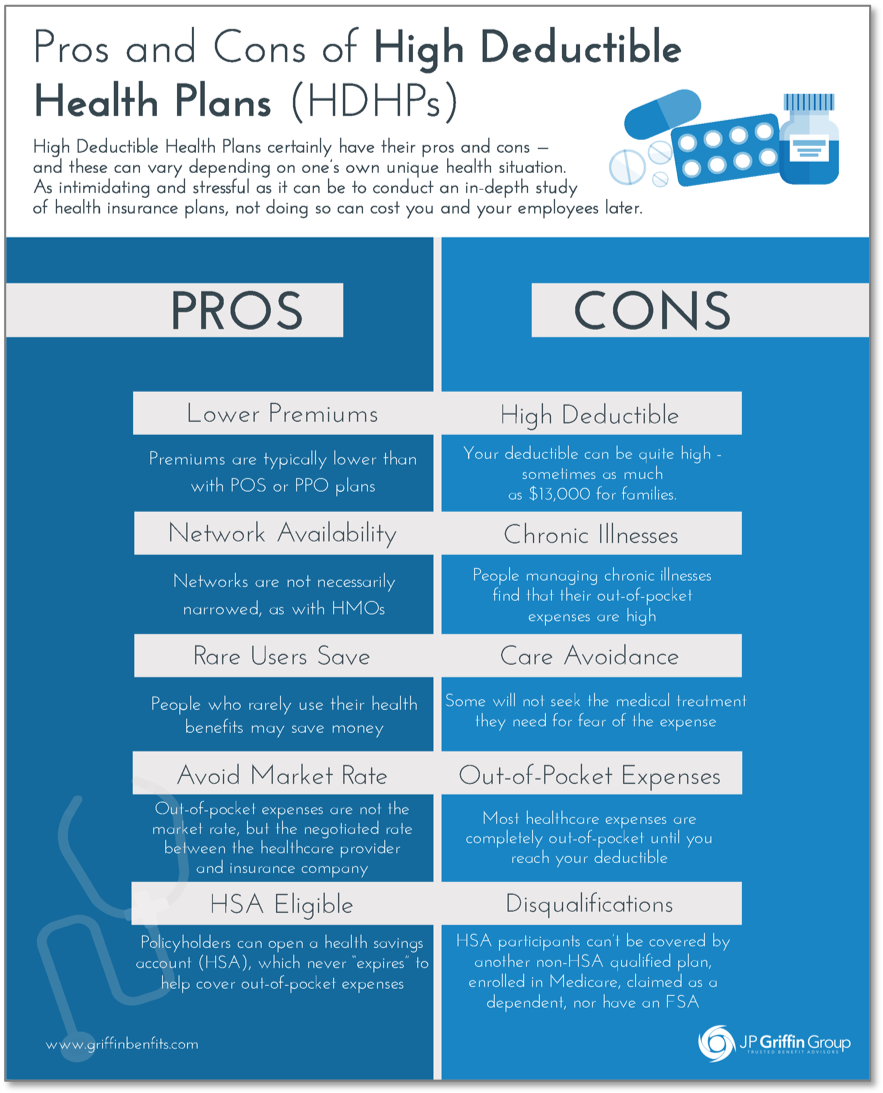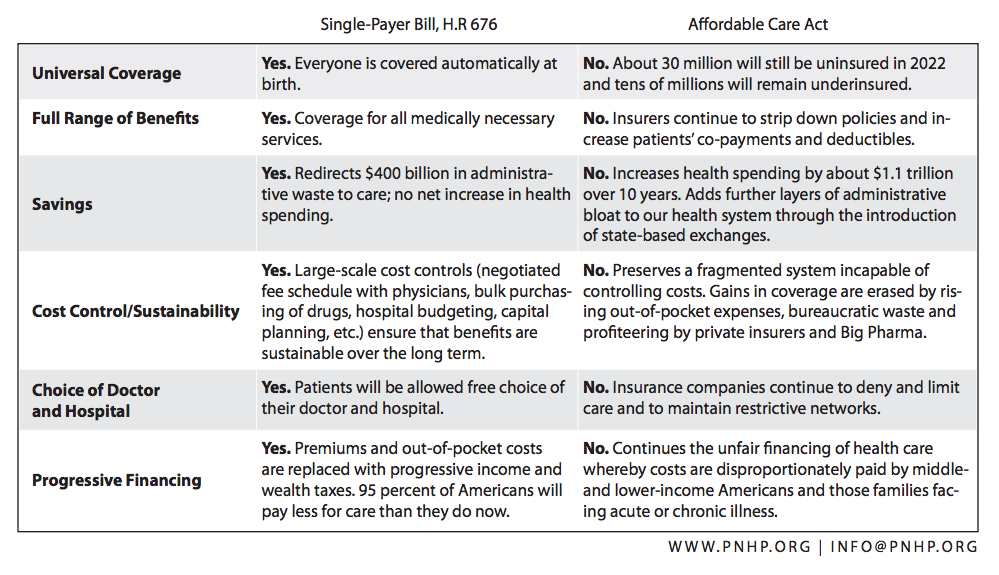Social driverslike racism, sexism, ableism, classism, or homophobiacan perpetuate injustices by focusing on one group over another. These forces are so deeply ingrained in cultural practices and norms that many individuals might not realize they're happening. Frequently, these forces are the result of previous injustices that still affect neighborhoods today. Take, for instance, mid-20th-century inequitable housing practices.
Researcher Camara Phyllis Jones used a gardening example in the American Journal of Public Health to show just how this occurs. Envision, for instance, two flower boxes: One with brand-new, nutrient-rich soil and another with bad, rocky soil. Seeds planted in the nutrient-rich soil will grow, while seeds in the poorer soil will have a hard time.

As this occurs year after year, one box of flowers will constantly be more vibrant than the other due to the initial condition of the soil. When people are separated and offered various resources to start with, that is going to have an impact for generations to come. Numerous health outcomes are the outcome of individual options, like consuming healthy foods or getting adequate exercise.
Environmental health is the physical, chemical, and biological forces that can affect our health, and they can be a driving force behind health variations. It's difficult for people to consume healthy food, for example, when they do not have access to it in their community (areas referred to as food deserts). Disregarded tropical diseases (NTDs) are an example of environmentally-driven health disparities.
These conditions make it harder for kids to learn and adults to work, intensifying the results of poverty on people's health and well-being. Closing the gap in health outcomes is no easy job. Causes are frequently multi-layered. Solutions would need to attend to not just the root cause of an offered variation but also the context that made it possible in the first location.
federal government to enhance the health of Americans by the year 2020aims to reduce health disparities by attending to crucial elements called social factors of health. Social determinants of health are the ecological conditions and situations that impact and shape how healthy we are. Lots of things in our social circles and environment can affect our behaviors and limit our ability to make healthy options.
Not known Factual Statements About Which Of The Following Is True With Respect To Health Care Spending Accounts (Fsas Or Hsas)?
distrust of authority figures) or neighborhood style (ex. bike lanes) - what is health care. There are lots of social factors intensifying health disparities, however the Healthy People 2020 goals have put just 5 front and center: financial stability, education, social and neighborhood context, health and health care, and area and developed environment. Economic stability refers to things like food security, earnings or wealth, housing stability, and job opportunity, and research study reveals addressing some of these issues might assist lower disparities associated with an entire variety of health problems.
Similarly, offering influenza vaccination in poorer areas could assist decrease gaps in hospitalization due to influenza. And increasing economic chances for financially insecure ladies might assist prevent the disproportionately high variety of cases of HIV because population. Buying things like language and literacy, early childhood education, high school graduation, and higher education might assist close health gaps in a number of methods.
High school conclusion programs likewise have strong returns on investmentoften leading to improved financial benefits that go beyond any costs associated with the programin part since of averted health care costs. While not constantly evident, social influences and characteristics can considerably impact the health of both individuals and the total community.

Because incarceration can interfere with families and impact access to things like education, employment, and real estate, some scientists have actually called for policy changes that resolve sentencing laws that disproportionately affect specific Black neighborhoods as a means to lower several variations, consisting of HIV. Assisting guarantee individuals are able to see a doctor when they're ill is necessary for curbing health variations.
Many medical concerns in the United States could be avoided with routine, preventive care like health screenings, vaccinations, and lifestyle changes. The Affordable Care Act tried to broaden access to primary care by making it simpler to get health insurance coverage and needing insurance coverage companies to cover the entire cost of preventive services, like blood pressure screenings and weight problems therapy.
More than 28 million individuals, nevertheless, still do not have medical insurance, and more can be done to guarantee increased access to healthcare in the United States. Much like a person's social environment can affect their health and wellness, so can their physical environments. Improving access to healthy foods, supporting healthy consuming habits, improving the quality of real estate, decreasing criminal offense and violence, and safeguarding the environment are all things that can be done to enhance the ecological health of a community and lower health variations as a result. how much is health care.
How Was The Medicare Pps System Designed To Curb Escalating Health Care Costs? Can Be Fun For Everyone
Structure collaborations in between city governments, food merchants (such as supermarket), and communities could https://t.co/A1qCrlVuaM#morphine-addiction-treatment assist bring more cost effective and much healthier food choices to locations where such foods are limited. This, integrated with increased targeted education on why and how to integrate healthy foods into a family's favorite meals, might go a long method to cutting disparities in obesity rates.
How do you distinguish in between the 2? disparities are distinctions among population groups (that is, ethnic background, gender, earnings) in the occurrence, occurrence and outcomes of, illness, and related complications of illness. variations are distinctions among population groups in the availability, availability, and quality of focused on prevention, treatment, and management of diseases and their issues, consisting of screening, diagnostic, treatment, management, and rehab services.
Health disparities can be associated with sex (male/female), race or ethnicity, income, education, sexual orientation or geography. See the examples below. Some diseases are more typical amongst females than guys. Conditions more common in women are rheumatoid arthritis, depression and osteoporosis. Liver illness and injuries are more common in males.
Minority populations typically have greater rates of chronic illness. The chart shows listed below programs how death rates for diabetes, heart problem and cancer can differ widely by racial and ethnic groups. The chart reveals that: Black/African American, American Indians and Hispanic groups are more likely to die of diabetes Black/African Americans and White groups have higher death rates for cardiovascular disease and cancer For all three illness, Black/African Americans have the highest death rates while Asian/Pacific Islanders have the most affordable Source: The Problem of Persistent Illness and Their Danger Aspects (CDC).
According to the U.S. Department of Health and Human Being Providers, health disparities are differences in health that are closely linked with social or financial disadvantage. Health disparities negatively impact groups of people who have systematically experienced higher social and/or economic challenges to health based on their racial or ethnic group; religion; socioeconomic status; gender; age; psychological health; cognitive, https://youtu.be/26XGpGxgFrc sensory, or handicap; sexual preference; geographical place; or other qualities historically connected to discrimination or exemption.
population; for that reason, the future health of America as a whole will be affected considerably by our success or failure in improving the health of these groups. A national focus on disparities in health status is particularly important as significant modifications unfold in the method in which health care is provided and funded.